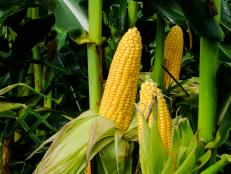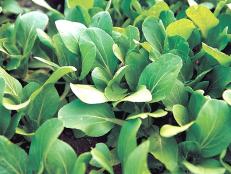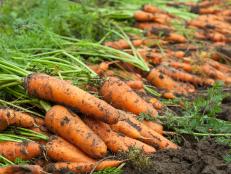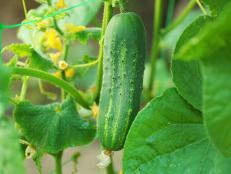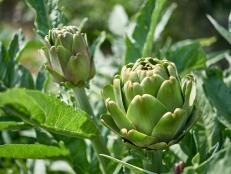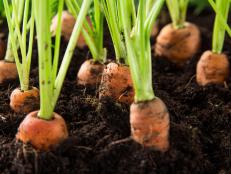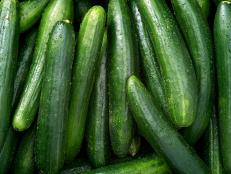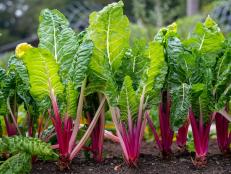Grow Your Own Popcorn

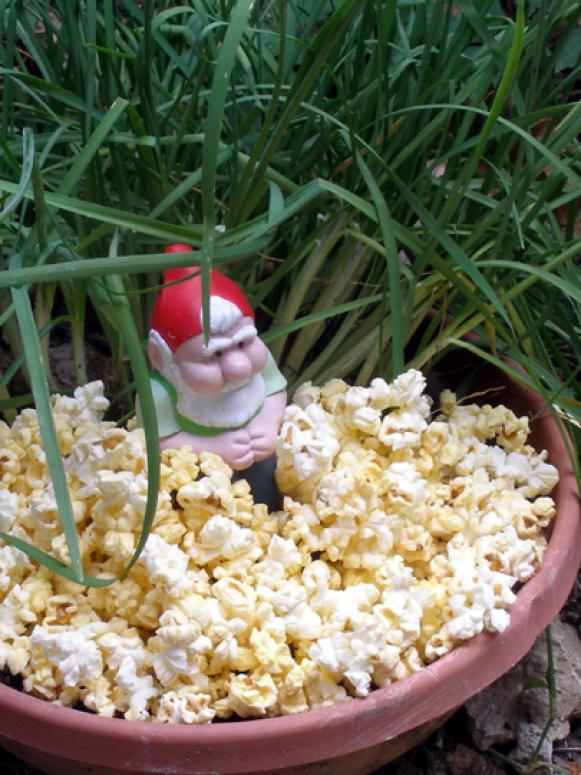
For gardeners with a little extra space and interested in homegrown goodness, not much is more fun—and nutritious—than growing your own popcorn.
Though a lot of pre-packaged popcorn is slathered in fatty oils loaded with salt and sugar, homegrown popcorn is naturally low in sodium, calories and fat, yet high in dietary fiber and antioxidants. Plus, it is very easy to grow, harvest and store for a winter evening’s delight.
Inside Out Corn
The Latin name, Zea mays var. everta, means "corn turned inside out." Unlike sweet and field corns, kernels of popcorn—also known as Indian corn—have hard outer shells which seal in moisture along with the starchy interior. When heated, steam pressure builds up inside each kernel until the whole thing explodes into a fluffy, nutritious snack.
There are two types of popcorn seed: pearl and rice. Pearl types have smooth, roundish kernels, while rice types are more elongated. The kernels range in color from white and yellow to red, pink, blue, near-black and multicolored ornamental kinds; while the outer hulls may be colored, the popped corn will all be white.
Another interesting variation in popcorn is how the popped kernel will be shaped. The most common type, called “butterfly” popcorn, has the typical flared wings; however, “mushroom” varieties pop into round balls, have a lighter bite and hold up better during processing, making it more popular for using as caramel treats. Though mushroom types have a more pronounced “corn” taste, most varieties of popcorn, in spite of somewhat different size and texture, taste about the same.
Many popcorn varieties are available from seed companies; some of the more popular include 'Tom Thumb', 'Baby Pearl', 'White Butterfly', 'Blue Sapphire', 'Yellow Topaz', 'Pink Diamond' and 'Monster Mushroom'. One of the most popular ornamental kinds is called strawberry popcorn for its small ears that are just 2 or 3 inches long and shaped like fat, red strawberries.
Growing Your Own
Popcorn takes a little longer to grow on somewhat larger plants than sweet corn. After the soil warms in the spring, plant seeds 1 1/2 to 2 inches deep, a few inches apart in multiple rows so the wind-pollinated plants can better share pollen; when the plants emerge, thin them to about 1 foot apart so they will have room to grow.
Keep the fast-growing, heavy-feeding plants well fertilized (especially with nitrogen) and water as needed throughout the growing season to help their ears fill out fully.
Unlike sweet corn, which can be harvested almost exactly 3 weeks after the silks start showing on the ears, popcorn is left to dry completely on the stalk. Ears are ready to twist off the plants when their outer husks have turned brown and dry and the kernels are hard to the touch.
However, if the weather is wet after the husks start to lose their green color, avoid mold by harvesting, taking off the husks and laying the ears out in a well-ventilated area. Leave them there for a month or more. This curing process helps lower the moisture content in the kernels so they pop better.
After a few weeks of curing, remove and test-pop a few kernels. If the popcorn is too soft and chewy, it is still too moist and needs to continue drying. If they pop well, remove all the kernels (try rubbing two dried ears together) and store in air-tight glass or ceramic containers in a cool, dark place. Dried popcorn kernels are considered non-perishable and can last for years.






